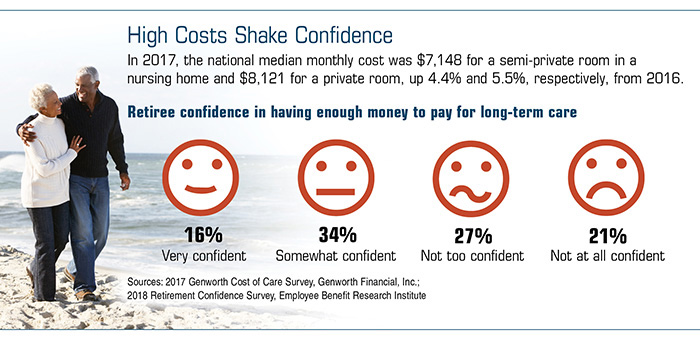Some Known Questions About Pacific Prime.
Some Known Questions About Pacific Prime.
Blog Article
The Best Strategy To Use For Pacific Prime
Table of ContentsNot known Facts About Pacific PrimeSome Of Pacific PrimeA Biased View of Pacific PrimePacific Prime - TruthsPacific Prime Can Be Fun For Everyone

This is due to the fact that the data were collected for a period of solid economic performance. Of the estimated 42 million individuals that were uninsured, all but about 420,000 (regarding 1 percent) were under 65 years old, the age at which most Americans come to be eligible for Medicare; 32 million were adults between ages 18 and 65, around 19 percent of all grownups in this age; and 10 million were children under 18 years of age, about 13.9 percent of all kids (Mills, 2000).
These quotes of the variety of individuals without insurance are generated from the annual March Supplement to the Present Population Study (CPS), performed by the Census Bureau. Unless otherwise kept in mind, national quotes of individuals without health insurance policy and proportions of the populace with various kinds of coverage are based on the CPS, one of the most commonly used source of estimates of insurance policy coverage and uninsurance prices.
Not known Incorrect Statements About Pacific Prime

Still, the CPS is particularly helpful because it produces yearly estimates reasonably quickly, reporting the previous year's insurance protection estimates each September, and because it is the basis for a regular collection of estimates for more than two decades, enabling for analysis of fads in insurance coverage gradually. For these factors, in addition to the substantial use the CPS in other studies of insurance policy coverage that exist in this report, we rely upon CPS estimates, with limitations noted.

The quote of the variety of without insurance people expands when a populace's insurance coverage condition is tracked for several years. Over a three-year duration beginning early in 1993, 72 million individuals, 29 percent of the united state populace, were without coverage for a minimum of one month. Within a solitary year (1994 ), 53 million individuals experienced at the very least a month without coverage (Bennefield, 1998a)
6 out of every ten without insurance grownups are themselves utilized. Although working does boost the possibility that and one's member of the family will certainly have insurance coverage, it is not a guarantee. Also members of family members with two full time wage income earners have nearly a one-in-ten chance of being uninsured (9.1 percent without insurance rate) (Hoffman and Pohl, 2000).
A Biased View of Pacific Prime
New immigrants account for a considerable percentage of individuals without wellness insurance. One evaluation has associated a significant section of the current development in the dimension of the united state without insurance population to immigrants that got here in the nation between 1994 and 1998 (Camarota and Edwards, 2000). Current immigrants (those that came to the United States within the past four years) do have a high price of being without insurance (46 percent), but they and their children account for just 6 percent of those without insurance coverage across the country (Holahan et al., 2001).
The relationship in between health and wellness insurance coverage and accessibility to care is well developed, as documented later in this chapter. The partnership between health insurance policy and health and wellness outcomes is neither direct neither basic, a comprehensive medical and health services research study literature web links wellness insurance policy coverage to improved accessibility to care, better top quality, and boosted personal and populace health and wellness status.
Degrees of evaluation for taking a look at the results of uninsurance. It focuses especially on those without any health and wellness insurance policy for any size of time.
Indicators on Pacific Prime You Need To Know
The troubles faced by the underinsured are in some respects similar to those encountered by the without insurance, although they are usually less extreme. Health insurance coverage, however, is neither required neither sufficient to obtain accessibility to medical solutions. The independent and direct result of site here health and wellness insurance coverage on accessibility to health solutions is well developed.
Others will obtain the healthcare they need also without health insurance policy, by paying for it expense or seeking it from companies that provide treatment complimentary or at highly subsidized prices. For still others, health insurance coverage alone does not guarantee receipt of treatment due to the fact that of other nonfinancial barriers, such as a lack of healthcare service providers in their neighborhood, minimal accessibility to transportation, illiteracy, or linguistic and social distinctions.
Pacific Prime Fundamentals Explained
Formal study regarding uninsured populaces in the USA dates to the late 1920s and early 1930s when the Board on the Cost of Healthcare generated a series of records regarding funding medical professional office sees and hospitalizations. This concern ended up being salient as the numbers of clinically indigent climbed during the Great Clinical depression.
Report this page